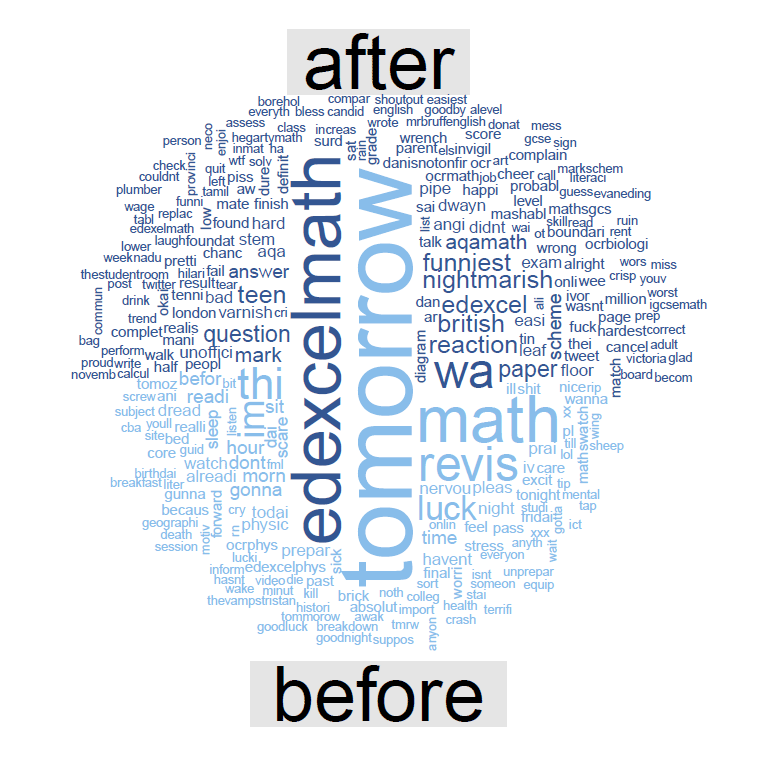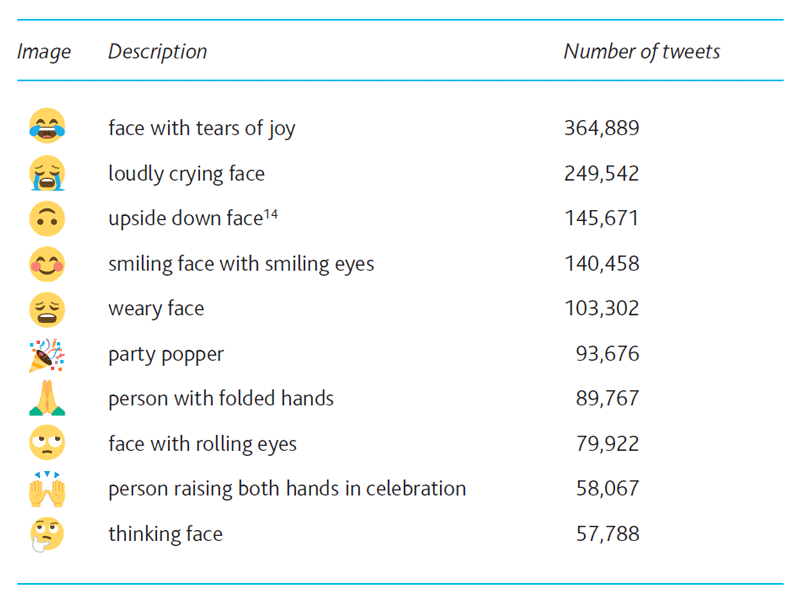In his latest blog, our chief executive examines the omnipresence of social media in all aspects of our lives, especially for students during the summer exams season, which our researchers looked at in detail.
Of the many peculiarities of the Trump presidency, the use of Twitter as a primary vehicle of communication has been one of the most striking, with tweets being posted at all times of the day and night as a means of commenting on affairs and setting the stage for news stories. This reflects in an extreme form the increasing use of Twitter more generally (with its restriction to 140 characters) as a mainstream tool for comment and communication. No area of life is untouched by social media, and this is as true of exams as anything else.
In order to get a better understanding of what we might learn from this, we conducted a research project (featured in the latest issue of our biannual publication
Research Matters) looking at the use of social media over the summer 2016 exam session. For these purposes we collected and analysed 6.44 million exam-related tweets that were posted between 14th May and 14th July last year. What is interesting about the tweets is that they provide a very good real-time indication of students’ engagement with and reaction to exams, and also flag up quite quickly if a particular paper or question caused difficulty. They also provide insight into which subjects are regarded by students as being the easiest or the most difficult. For example, the word cloud below features the 300 most frequently used words before and after the 2016 GCSE maths exam. What is striking is the diverse range of responses (larded with a few choice swear words that seem to be more colourful in the after exam section than before) though otherwise with few very coherent themes emerging.

The research also investigated the use of emojis and recorded the gradual decline of the percentage of tweets containing the ‘face with tears of joy’ and ‘loudly crying face’ over the course of the session. The research team noted the greater popularity of the ‘party popper’ emoji towards the end of the exam session, especially on Fridays; while the ‘person with folded hands’ (as if in prayer) was used more during the week, while exams were taking place.

With students sitting exams every day throughout May and June, and the immediate and transient nature of social media discourse, it can be difficult to keep up. At the time of writing, the latest assessment item taking a turn in the social media gallows was an AQA biology paper asking for comments on a cartoon of Darwin as part of a question about evolution, which attracted adverse attention from students complaining that the question was too off the wall. Last year too there were similar complaints about another question in an AQA biology paper asking about the ethics of animal testing.

The main (and unsurprising) lesson to emerge from this is that candidates do not like unexpected questions, as these are regarded as being unfair. In a sense this goes to the heart of what a public exam system is designed to test. The point of an exam is that it is a way of sampling the knowledge, academic skills and competences that a student has mastered across a subject domain, and allowing a student to differentiate him- or herself against fellow candidates. A well-designed test will allow a student to do this, but that can only be achieved reliably through effective sampling across the syllabus and the inclusion of difficult questions that elicit a range of responses. The consequence of that is that it is always likely to remain the case that students taking exams will find themselves getting caught out from time to time, and that that experience of rough justice will remain part of the education that exams impart.
Simon Lebus
Group Chief Executive, Cambridge Assessment